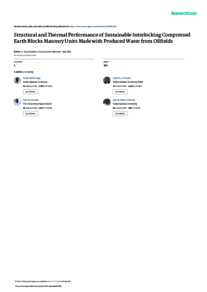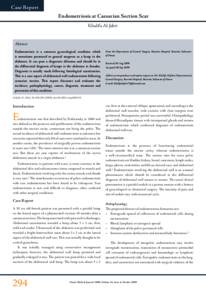وثيقة
Structural and thermal performance of sustainable interlocking compressed earth blocks masonry units made with produced water from oilfields.
المعرف
DOI: 10.1016/j.cscm.2022.e01186
المصدر
Case Studies in Construction Materials. v. 17, e01186
المساهمون
الدولة
Netherlands.
مكان النشر
Amsterdam
الناشر
Elsevier Ltd.
ميلادي
2022-12-01
اللغة
الأنجليزية
الموضوع
الملخص الإنجليزي
There is a growing interest in plausible reuse of wastewater and solid waste materials for compressed earth bricks (CEBs) production due to their sustainability benefits, affordability, and they are considered relatively ubiquitous raw materials. However, a study of the behavior of CEBs produced from soil and injected wastewater from oilfields has not been well documented in the literature. This study aimed at employing an experimental testing program to assess structural and thermal properties of masonry units, mainly prism's compressive strength, masonry wall's behavior, and thermal properties of CEBs rooms made with produced water and soil obtained from two oilfields in Oman: namely Marmoul and Nimr oilfields. It was found that prism strength decreases with increasing prism height, with Marmoul CEBs (2.4–3.9 MPa) showing slightly better performance compared to that Nimr (1.8–3.8 MPa). The masonry prism efficiency factor, which was estimated based on the ratio between the prism and block strength, was in the range of 52.3–59% for Marmoul CEBs, whereas for Nimr blocks, it ranged from 39.2% to 57.9%. The results of the masonry wall test showed that the wall reached an ultimate load of 386 kN at a deformation of 8.0 mm and the mode of failure was deformation of the wall due to overall buckling. The CEBs rooms have shown enhanced thermal performance compared to the reference room built with hollow concrete blocks. The CEBs rooms provided 1–7 h of time lags and achieved between 0.15 and 0.23 lower decrement factors than the reference room due to their high thermal mass and thermal resistance, respectively. While the CEBs under this study have shown good structural and thermal insulation potential as a sustainable building material, other factors, including indoor air quality emissions, acoustic properties, seismic resistance, and cost-benefit analysis, need to be considered in future studies.
ISSN
2214-5095
قالب العنصر
مقالات الدوريات


